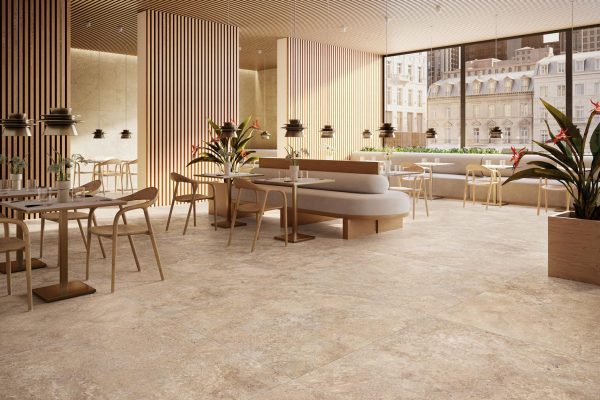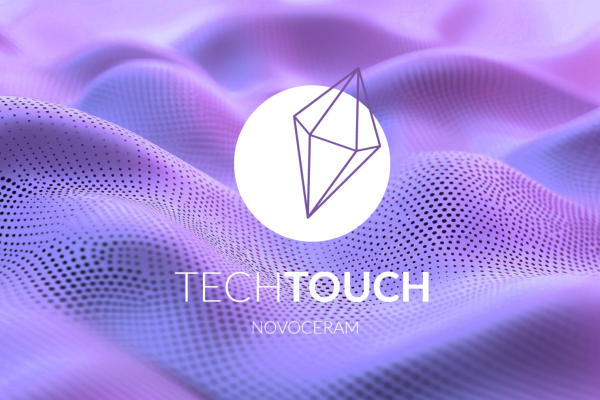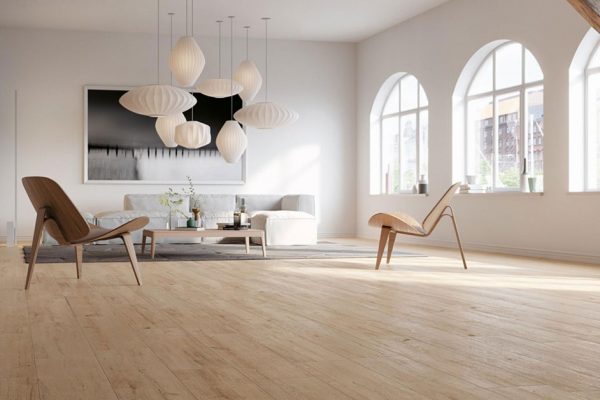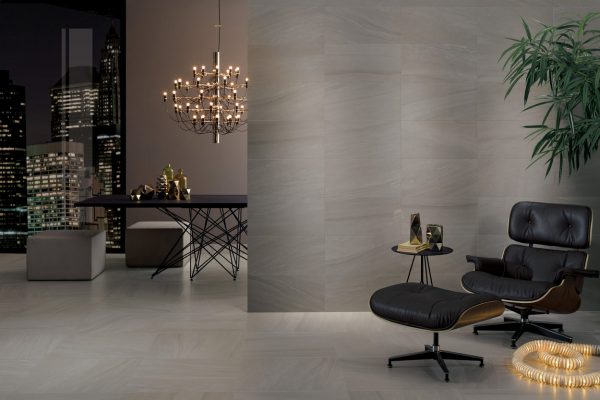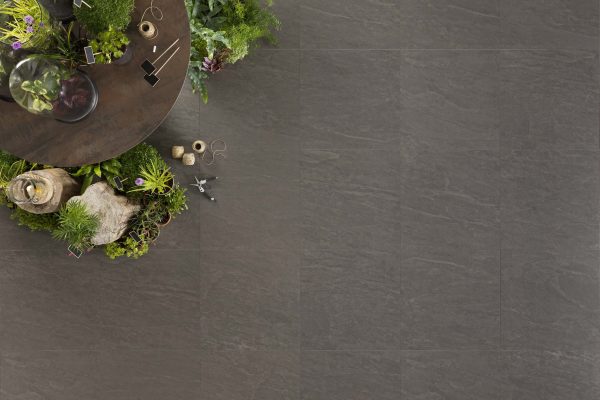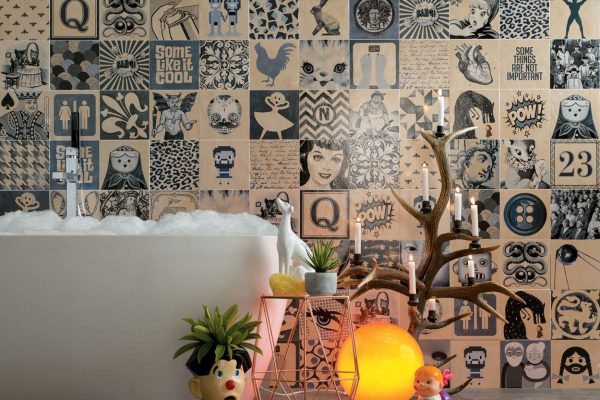Introduction: what is it?
Credit SS 7.1: Solar Reflectance Index
MR 5.1 and MR Credit 5.2: Regional Materials
Credits EQ4.2: low-emission materials
ID Credit 1.1 – 1.4: Innovation in Design
Close
The LEED (Leadership in Energy and Environmental Design) is an American certification of buildings that meet certain environmental requirements. To achieve LEED certification, a building must obtain at least 40 credits out of a total of 110 available. Each material used to make as many points as possible. LEED certification focuses in particular on 6 points:
1. Sostenibilità ecologica del sito (Sustainable Sites : SS)
2. Gestione efficiente delle risorse idriche (Water Efficiency : WE)
3. Energia e atmosfera (Energy & Atmosphere : EA)
4. Materiali e risorse (Materials & Resources : MR)
5. Qualità ambientale dell’aria interna (Indoor Environmental Quality : EQ)
6. Innovazione processo di design (Innovation & Design Process : ID)
1. Sustainable Sites: SS
2. Water Efficiency: WE
3. Energy & Atmosphere: EA
4. Materials & Resources: MR
5. Indoor Environmental Quality: EQ
6. Innovation & Design Process: ID
Novoceram tiles contribute to 4 of the 6 areas of analysis (SS, MR, EQ and ID) that will detail below.
Credit SS 7.1: The ecological sustainability of the site and the calculation of the solar reflectance of the tiles
LEED SS7.1 provides for the reduction of the “heat island” or the differences in thermal gradients between the urban and extra urban areas to minimize the impact on the microclimate and the inhabitants of human and animal life.
The law provides for the measurement of two different characteristics: the solar reflectance and thermal emissions. From this derives the calculation of an index that takes into account the measured values called SRI (Solar Reflectance Index) according to the ASTM E-1980.
The materials for external cladding of buildings, the terraces and parking must have an SRI index> 29.
Definition: the solar reflectance index: parameter of a material as a function of the ratio between the amount of thermal energy emitted and the fraction of solar radiation reflected. The coefficient varies between 0 and 100 and is influenced by the color: the more the surface is clear, the more the coefficient will be high.
The results of the tests carried out in collaboration with the University of Modena and Reggio Emilia on samples of porcelain tiles do not show statistically significant differences in terms of SRI for different surfaces (structured, smooth or polished) with the same color.
The second series of tests was intended to determine the impact of color on the SRI. Experiments conducted on 8 different colors allow to draw two conclusions:
1) Which of the products tested were non-compliant in terms of SRI
2) So far the “unofficial” as there could be correlation between the value of the coefficient of the tile SRI and its coordinated colorimetric L (brightness) within the CIELab system
Through the L value, easily measurable by Novoceram, we can provide our customers with a good estimate of the coefficient SRI.
The table below shows the values obtained from the products tested
| Material | Solar reflectance R | Thermal Emission E | SRI |
| Beige smooth | 0,58 | 0,88 | 69 |
| Beige structuré | 0,56 | 0,92 | 67 |
| Beige poli | 0,56 | 0,88 | 66 |
| White | 0,71 | 0,91 | 87 |
| Yellow | 0,51 | 0,90 | 60 |
| Sand | 0,45 | 0,90 | 52 |
| Red | 0,21 | 0,90 | 20 |
| Light grey | 0,32 | 0,90 | 34 |
| Dark grey | 0,19 | 0,90 | 18 |
| Black | 0,13 | 0,91 | 11 |
Products with SRI> 29 are compliant. According to these results, all products of red, black and gray are non-compliant.
By establishing a correlation between SRI and L, you can get the following formulas:
For light products, with L > 70 : SRI = L-10
In the dark products, with L< 60 : SRI = L-18
This means that it can be considered as conforming to the specifications LEED SS 7.1 a ceramic product with value L> 47.
The tiles Novoceram that have a coefficient L> 47 may then make 1 point.
Credit MR 5.1 and MR 5.2: Materials and Resources: Use of regional products
These credits are based on the increase in demand for building materials extracted and manufactured within the same region of the place of construction of the building, thus reducing the impact of transport.
For the condition MR 5.1, you must use materials extracted, recovered or manufactured within 500 miles (804.5 km) from the project site for a minimum of 10% of the total value of the materials.
The condition MR 5.2 has the same characteristics of the credit MR 5.1, but the percentage is now 20%.
More than 20% of the tiles Novoceram is made from raw materials mined from quarries located in France. Since 30% of these raw materials coming from the center of France, for a French shipyard is easy Novoceram that products meet these requirements. We recommend that you contact our sales department to validate these findings and be able to get 2 points aggintivi for your project.
Credit EQ4.2: Environmental Quality Indoor air: Low Emitting Materials
The LEED EQ 4.2 shall relate to emissions of Volatile Organic Compounds (or VOCs)
Definition of VOC:
The maximum threshold is not exceeded is 100 g / L. By the very nature of their manufacturing process ceramic tiles do not contain any VOCs. The firing of the tiles at a temperature above 1200 ° eliminates any organic compound.
The tiles Novoceram give 1 point further to the project.
Credit 1.1 – 1.4: Innovation in Design
This credit does not require specific technical requirements, but requires the project manager to highlight the performances with innovative and results that improve the project.
For example:
Novoceram tiles are certified Ecolabel
the company is certified ISO 14001:2004
the technologies used in company are the MTD (Best Available Techniques) worldwide
the system of floating Novoceram Indoor received the Etoile de l’Observeur du Design12
the installation system flottanteNovoceram Outdoor received the Label de l’Observeur du Design11
METAMORPHOSE the big event, the collections have received the Origin and TrèsJouy Label de l’Observeur du Design 10
Novoceram received the Trophée de l’Entreprise Durable 2010 awarded by the ICC Drôme.
Novoceram received Labellisation Plan Rhône in the quality of water resources, and biodiversity.
Conclusions:
In a project LEED certified, the tiles Novoceram can help with 5-8 points.
| Credit | Number of credit points as possible brought by Novoceram |
| SS7.1 : Solar Reflectance Index (SRI) | 1 |
| MR5.1 : 10% of the material is of regional origin | 1 |
| MR5.2 : 20% of the material is of regional origin | 1 |
| EQ4.2 : Material with low emissions (VOCs) | 1 |
| ID1.1-1.4 : Innovation in Design | 1 a 4 |
| Total | 5 a 8 |
